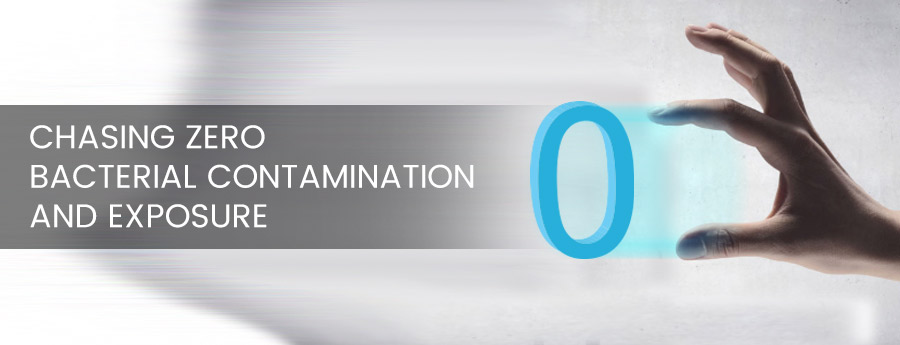Chasing Zero: What Will It Take to Improve Food Safety Standards in SA?
SA FM Interview with Gareth-Lloyd Jones
The recent Listeria outbreak, which claimed over 180 lives, has been a major eye opener for South Africans and has resulted in consumers not just questioning food safety standards, but insisting on a zero-tolerance approach to bacterial contamination and exposure.
Gareth-Lloyd Jones, Chief Commercial Officer at Ecowize – South Africa’s leading specialised hygiene and sanitation service provider for the food, pharmaceutical and healthcare industries – asks, “Is zero bacterial exposure actually realistic?”
“In short, the answer is no,” he says. “Ultimately, we live in an environment where we are constantly exposed to bacteria. However, South Africa’s food producers are going to have to get as close to zero as practically possible. And, in terms of bacteria that have the potential to cause human health issues, more stringent procedures need to be in place to ensure the lowest risk of contamination.”
In the midst of the recent outbreak, food microbiology and safety specialist, Dr Lucia Anelich highlighted that there are a number of food safety management standards applied by South African food companies. These standards, she says, are based on what is referred to as a ‘hazard analysis and critical control points system’ but – unlike in many other countries – these standards are not legally required or enforced in South Africa.
Jones says, “With this in mind, there is an urgent need for enforceable regulations to be introduced which address all pathogens – beyond those currently in place for Salmonella and E. coli. The introduction of a designated food control or food safety agency would also go a long way towards ensuring a safer environment in which food products are produced.”
“Countries which have implemented such legislation and industry governance have seen a massive reduction in the number, and severity, of outbreaks,” he explains.
A factor which Jones insists needs to be included in the food safety legislation discussion is defining what ‘zero’ actually means in this context. “To guarantee that there is clarity and, of course, compliance within the industry, it should be clear whether it means absolutely no trace of harmful bacteria within a facility. Alternatively, it may mean zero contaminants found on actual food products, or that a set range of certain bacteria – which are not harmful in small amounts – is acceptable. We need to focus on setting these strict and transparent guidelines to achieve the optimum result,” he explains.
Jones highlights that enforcing these standards by modernising legislation and introducing a food safety agency will require many of the country’s food producers to make a massive investment of time and resources relating to their hygiene, maintenance and engineering practices.
“I have noticed that many companies have already started this process and are investing millions. However, these are producers of more premium products. The producers of lower-cost food products like many of the ready-to-eat cold meats would find this process a lot more difficult and would need much longer to fully implement the required changes.”
“There is a great deal of pressure on the ready-to-eat industry following the Listeria outbreak and things are not likely to become easier moving forward. Within this industry, emphasis is placed on their financial competitiveness and keeping their prices low enough to meet retailer and consumer demand. Ultimately, food safety and hygiene practices are an expense for these companies and something they may therefore have considered cutting back on in the past,” he says.
Beyond legislation, Jones adds that the adoption of a designated food safety agency would require funding, which would likely be gathered through some kind of tax – be it from the food industry or through general tax collection.
“The increased cost of more stringent and advanced hygiene and food safety practices, and additional taxes, will likely result in products being sold at higher prices as this cost is passed on to retailers and ultimately to consumers,” he explains.
“The bottom line is that an investment needs to be made to reduce the risk of another dreadful outbreak. While consumers demand a zero-tolerance approach be implemented, as they rightfully deserve to trust that the food they consume is safe, investment in this safety comes at a cost – for the public sector, the national food industry, local retailers, and the end consumer,” he concludes.
Comments are closed.





